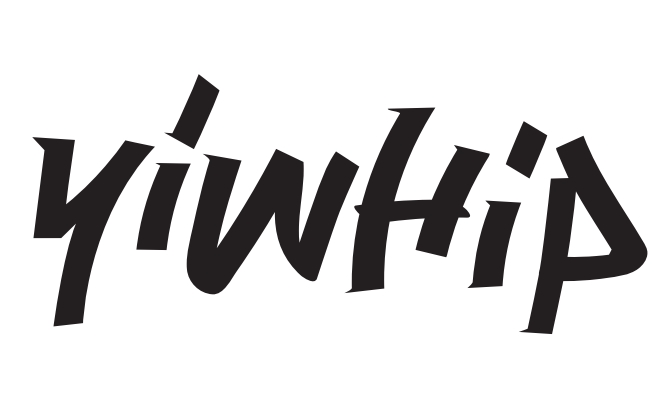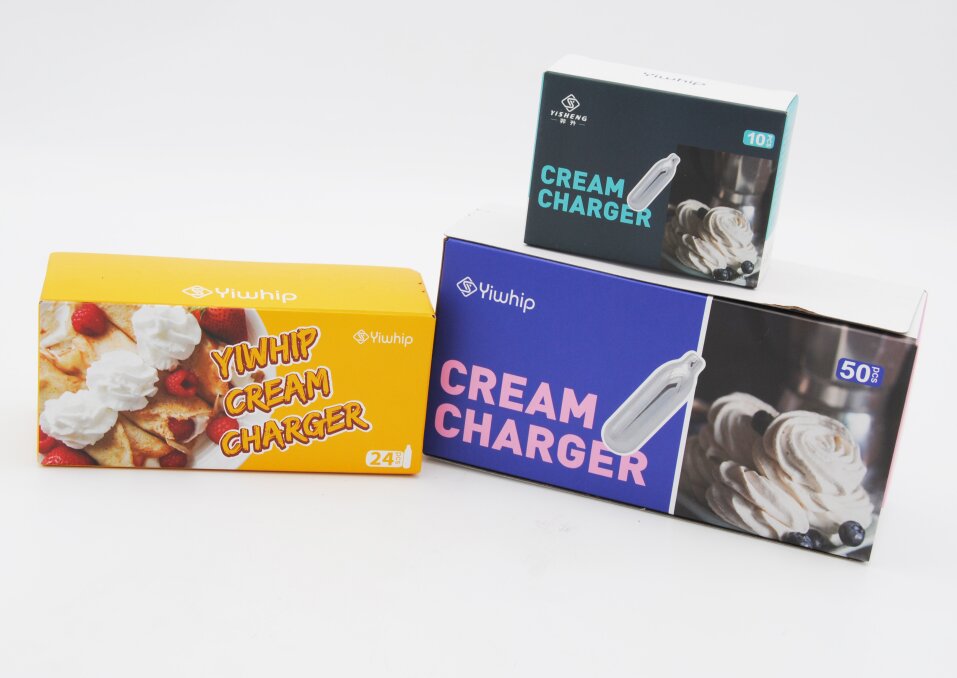Introduction: Understanding the Power of Nitrous Oxide in Performance Vehicles
If you’re a serious car enthusiast or street racer in the US, there's one performance-enhancing technology that can deliver quick horsepower gains and unforgettable driving moments — nitrous oxide (N2O) systems. Commonly known as “the bottle," nitrous oxide has remained a favorite in motorsports due to its ability to dramatically boost engine output. At the heart of most systems are nitrous oxide chargers, small yet powerful devices filled with pressurized nitrous oxide that feed into your intake manifold at just the right time for instant throttle response and acceleration.
In this article, we’re diving deep into everything you need to know to choose the best nitrous oxide chargers for performance vehicles available in the US market today. Whether you own a drag-focused Mustang, a modded LS pickup truck, or a late-model tuner car like the Subaru WRX, selecting the correct N2O system starts right here.
Selecting the Right Charger: Size and Performance Needs
The number-one thing every driver should consider when picking nitrous oxide chargers is the size that suits their needs. Available charger sizes range from compact 1-pound bottles up to larger, racing-grade 20-pound capacities — yes, these are literal weights of nitrous oxide gas stored under high pressure. Each comes with unique benefits and ideal uses:
- Mini Nitrous Chargers (5-7 gram capacity): These micro-bottles, commonly seen used in smaller single-shots or fog machines, won't offer enough power for vehicle-based N2O setups.
- Single-Shot Racing Bottles (1 to 3 lb tanks): Often part of wet kits that use direct nozzle spray, these fit entry-level racers who need short bursts of enhanced performance but want simplicity over long-duration thrills.
- Competition Systems (4-8 lb tanks): Serious track racers opt for dual-vent injection and higher flow rates that support boosted turbo engines or stroker motors running consistent strip passes.
- Highest-End Systems (10-20 lbs capacity bottles): Found in Pro Street, Radial cars or dedicated NHRA classes, designed to supply ultra-high-flow demands during prolonged activation while remaining reliable throughout race conditions like extreme G-forces, high temperatures or low grip tracks.
Picking a proper tank isn’t about sheer scale alone though — it’s also crucial to match it with fuel and airflow delivery upgrades such as larger injectors, aftermarket camshaft timing profiles and high-capacity intercoolers. The right setup allows optimal tuning for safety and peak efficiency with any top-rated N2O chargers on the US market.
TIP: If using your car mostly around town and not constantly activating your nitrous, aim for the lighter side — say around 2 to 3 lbs per shot usage. However, if drag racing weekly without recharging between runs, 10+ lb capacity setups might suit better overall durability and consistency over several hours of use.
Understanding what type of usage you plan for determines the longevity of each refill and how well your Nitrous charger supports safe power gain levels ranging between +60HP to beyond 200+ HP per stage!
Types and Configurations: How Do Nitrous Injection Systems Differ?
Nitrous oxide can be deployed through various mechanisms — each tailored to meet different applications within a custom high-performance automotive platform. In general, three primary types dominate current American builds:
- Dry Kits: This method introduces only pure oxygen via a solenoid sprayer mounted before the MAF sensor. With no simultaneous addition, additional ignition timing adjustment or tuning adjustments may compensate since ECU injects richer gasoline to balance O2 content entering combustion chamber area. Advantages: — Simplified wiring. — No direct nozzle mess in front near intake ports. Better compatibility with certain emissions-sensitive states where minimal interference occurs beyond OE settings! Limitation: Requires careful calibration of the entire electronic map otherwise potential misfire damage occurs faster even compared against poorly adjusted similar style 'wet' counterparts!
-
Wet Kit Designs:
In wet designs, the injector sprays both nitrous and additional injected hydrocarbons together creating an optimal pre mixed atomised charge that reaches combustion space ready at once point rather than needing blending later stages down stream pipes. Most popular versions incorporate progressive controls which slowly ramps up flow allowing for controlled transitions preventing harsh wheel spin loss under aggressive takeoffs especially important when working rear drives vehicles including Ford Mustang S197 platforms equipped limited slip options!
Pros:
– Improved throttle tip-in behavior especially critical in boosted diesel applications relying on torque amplification mid gear shift phases!
→ Higher thermal cooling effects helping mitigate knock events across elevated cylinder temps often experienced with large V8 crate motor packages.
Cons:
- Increased complexity requiring more mounting hardware including separate pump units plus plumbing for added fluid line routing paths along chassis rails
& sometimes involving firewall passage points too depending model variations!
More sensitive towards contamination risks from debris build-ups inside secondary filters located downstream areas so routine service intervals highly advisable especially those exposed regularly muddy trails or humid environments causing premature degradation issues over longer term ownership spans
Also tends demand greater maintenance attention regarding sealing integrity particularly those older style brass fittings prone gradual seepage after extended usage periods spanning multiple heat/cool cycling loops
Overall excellent choice among tunable EFi setups offering precise feedback regulation based closed loop operations which adjust instantaneous fuel pressure outputs corresponding changes atmospheric ambient readings thereby achieving stable burn patterns throughout complete operating envelopes!
- Staged Kits For drivers who want maximum control across two-tiered deployments, staged systems integrate either sequential or parallel firing strategies allowing first level injection trigger at moderate pedal depression threshold reaching second surge precisely timed further deeper RPM sweeps where piston motion accelerates rapidly minimizing shock loads sudden energy dumps! Main Benefit: – Customization capabilities letting you dial in exactly when/how much each stage activates thus improving driveability outside racecourse venues while preserving driveline components life expectancy significantly over standard non programmable legacy systems widely utilized past eras! Also works extremely efficiently within modular overhead valve layouts typical seen Dodge Challenger Hellcat models modified externally using modern computer assisted tuning software interfaces making possible dynamic reprogramming without extensive bench test sessions! Some minor caveats though: – May introduce additional cost burden upfront since requires buying two sets solenoids alongside dual regulator module(s). Plus extra relay board(s)/control panel integration steps involved ensuring clean aesthetic placement beneath hood compartments which aren't spacious by default like Toyota Supra gen five or similar compact bodyshell arrangements common import sportscar categories!
Evaluating Brands and Reputations: Which Ones Offer Top Nitrous Tanks in the USA?
Not all products made equally when dealing specialized chemical storage mediums subjected routinely fluctuating temperature gradients plus repeated high vibration cycles induced intense quarter-mile launch experiences! Therefore knowing whom to trust when purchasing replacement refilled units becomes essential safeguard not only your budget invested effort but overall operational success future seasons ahead Below listed key factors worth checking before ordering particular vendor offerings!- Manufacturer Certifications: Make sure any supplier you purchase offers Department Transport compliant stamped containers featuring Tare markings indicating official weight status empty vessel verified inspection schedules passed required safety tests under rigorous environmental simulation testing lab scenarios replicating roadworthy situations endured during real-time transport exposure! Look Zerk valve connection port specs meeting DOT approved design tolerances avoiding potentially leaking mismatched connections causing unexpected discharge situations!
- Recertification Intervals: Even premium grade seamless stainless alternatives eventually necessitate periodic professional checks usually mandated 3 year cycle although some cheaper imported varieties force shorter 2 years period replacements due material thickness tolerances being less forgiving! Factor regular costs ongoing upkeep especially active participant competitive bracket racing scenes demanding frequent full tank swap outs between sessions daily basis without waiting overnight processing downtime
- Retrofitting Options Compatibility Testing:
When integrating fresh unit already existing system always confirm whether proposed brand accepts adapters allow fitting previously sourced brackets or linkage bars eliminating unnecessary reconfiguration labor expenses! Companies such NOS Zex Nyros Plus perform extensive third party evaluation processes guaranteeing mutual interoperability standards adherence therefore minimizing risk failure incidents associated improper mating interface geometries causing uneven clamping surface distribution forces leading accidental unsealing failures
Pro Tip! Consider choosing refill kits from companies offering bulk discounts return exchange plans recycling old empties getting discounted next replacements keeping recurring expenses manageable while promoting greener industry trends simultaneously

